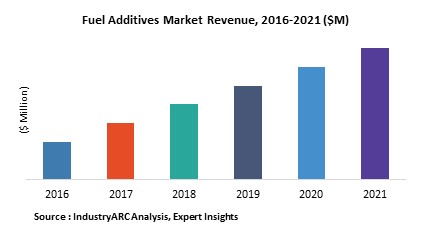The Spirulina Market is expected to grow at a CAGR of 10.3% from 2020-2030, according to a new research report by Next Move Strategy ConsultingSpirulina is a blue green algae with high nutrient content, usually consumed by human & animals.
It is also used as a complementary diet ingredient in aquaculture & poultry feeds owing to the presence of high protein & vitamin content.According to the report, growth in health consciousness among people and the rising demand for dietary supplements are major factors driving the spirulina market growth.
Additionally, high penetration of spirulina in industries such as cosmetics and pharmaceutical owing to the advantageous properties such as anti-aging, anti-wrinkles and othersare bringing changes in market tends.However, low stability & poor sustainability of spirulina derived colours is expected to restrict the market growth.Moreover, growth in research & development activities followed by untapped market opportunities in developing economies are anticipated to provide numerous opportunities to the market players in the coming few years.On the basis of type, spirulina market share is segmented into Arthrospira Platensis and Arthrospira Maxima.
Arthrospira Maxima dominates the global Spirulina market and will be the dominant throughout the forecasted period.On the basis of application, the Spirulina market is categorised into Nutraceuticals, Food & Beverages, Cosmetics, Animal Feed, and Others.Food & Beverages segment is likely to develop significantly over the period of time owing to fast growing food & beverage industry.On the basis of drug formulation, the spirulina market is bifurcated into Powder, Tablet & Capsule, Liquid, and Granule & Gelling Agent.
Powder segment is expected to account for the major market share & dominate the market growth over the forecast period.North America dominates the spirulina market in terms of market size over the forecast period, owing to rising health consciousness among people.
Hansen Holding A/S, Algenol Biofuels Inc., Dongtai City Spirulina Bio-engineering Co., Ltd., Prolgae, Parry Neutraceuticals, Sensient Technologies Corporation, DDW Inc., Algatec and Naturex S.A.Browse key industry insights from the report, “Spirulina Market Size By Type (ArthrospiraPlatensis and Arthrospira Maxima) By Application (Nutraceuticals, Food & Beverages, Cosmetics, Animal Feed, and Others), By Drug Formulation (Powder, Tablet & Capsule, Liquid, and Granule & Gelling Agent)Regional Outlook (U.S., Canada, Germany, UK, France, Spain, Italy, Russia, China, India, Japan, Australia, Indonesia, Malaysia, South Korea, Brazil, Mexico, South Africa, Saudi Arabia, UAE, Kuwait), Growth Potential, Price Trends, Competitive Market Share & Forecast, 2020–2030” in detail along with the table of contents:Key Insights from the Spirulina Market Report:Asia Pacific is the fastest growing region in Spirulina market owing to the rising demand of spirulina from various industries such as cosmetics, food , healthcare and others and government initiatives to promote local spirulina production.The Food & Beverages segment dominates the market in terms of application and is expected to grow at a significant CAGR to maintain the lead till 2030.Some of the major players in the market are DIC Corporation, Cyanotech Corporation, Chr.
























